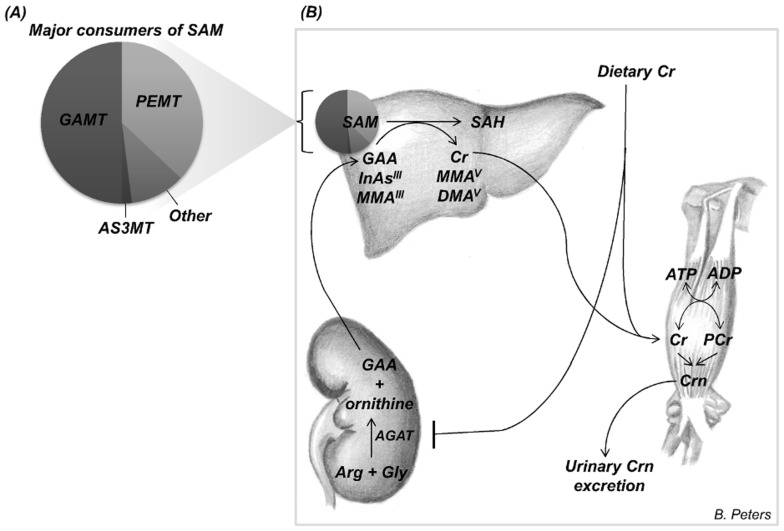Figure 1. Arsenic metabolism and creatine synthesis.
(A) Guanadinoacetate methyltransferase (GAMT) and phosphatidyl ethanolamine methyltransferase (PEMT), which catalyze the synthesis of creatine (Cr) and phosphatidylcholine, are the major consumers of S-adenosylmethionine (SAM). Arsenic methyltransferase (AS3MT) uses quantitatively much less SAM. (B) In the first, and rate-limiting, step of Cr biosynthesis, guanadinoacetate (GAA) is formed in the kidney by arginine:glycine amidinotransferase (AGAT). Dietary creatine (e.g. primarily from meat) leads to pre-translational inhibition of AGAT, thereby inhibiting endogenous creatine biosynthesis. GAA is transported to the liver, where it is methylated by GAMT to generate Cr, with SAM as the methyl donor. SAM also serves as the methyl donor for the methylation of trivalent inorganic arsenic (InAsIII) to monomethylarsonic acid (MMAV), and for the methylation of monomethylaronous acid (MMAIII) to dimethylarsinic acid (DMAV). The by-product of these methylation reactions is S-adenosylhomocysteine (SAH). Creatine, whether derived from endogenous biosynthesis or dietary sources, is transported to tissues with high energy requirements such as skeletal muscle, heart, and brain, where it is phosphorylated to phosphoryl-creatine (PCr). PCr is used for the regeneration of ATP during intensive exercise. Creatine and PCr are converted non-enzymatically at a constant rate to creatinine (Crn), which is then excreted in the urine. Image credit: Brandilyn A. Peters.

